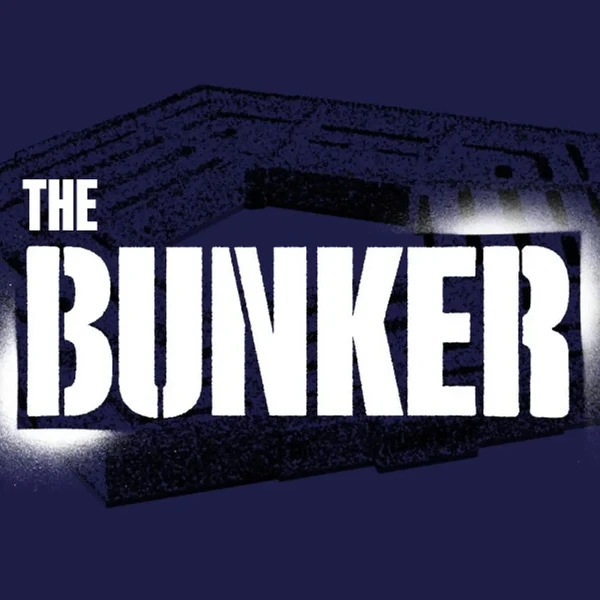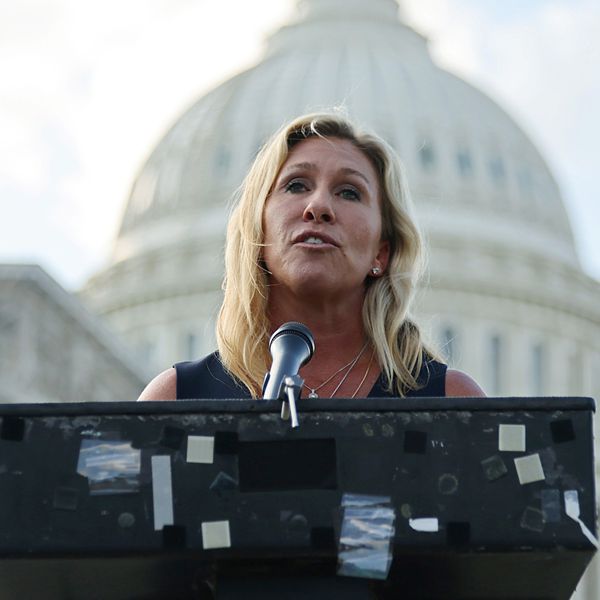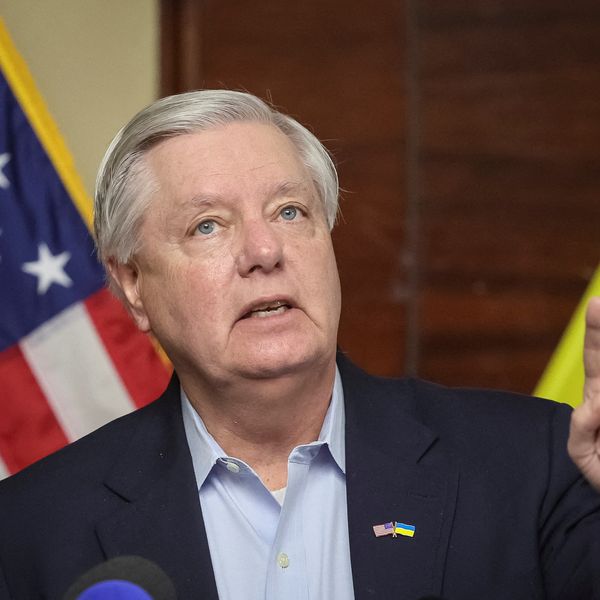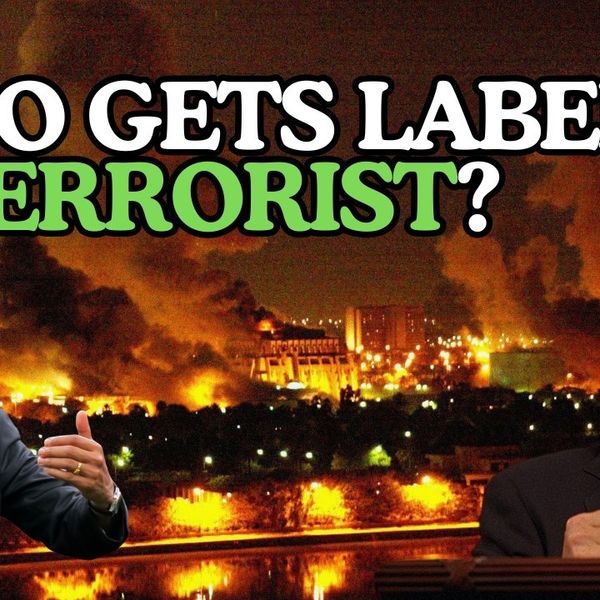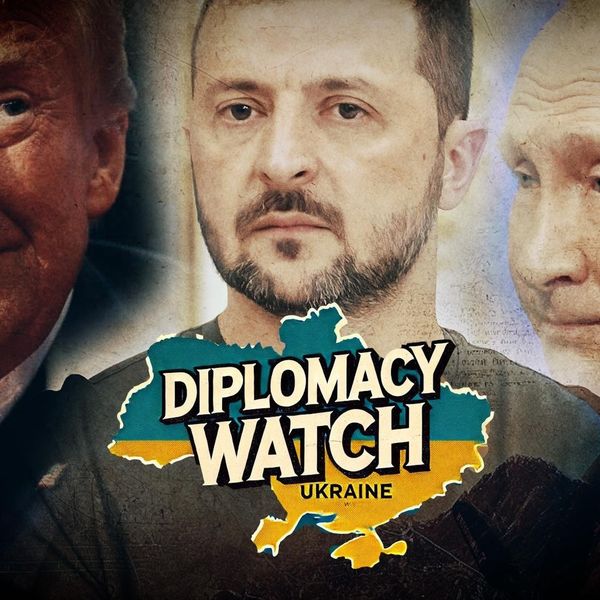NATO is an organization that is very good at not actually doing anything —and it should stay that way. It is when NATO tries to do things that it causes endless amounts of trouble.
For when NATO likes to boast that it is “the most successful alliance in history” because it deterred a Soviet attack on Western Europe and so never had to fight a war, that is true, but it obscures another historical truth that NATO has forgotten.
This truth is that in the late 1940s and early 1950s, both the USSR and the United States decided independently that they would not seek to expand their political systems and alliances in Europe using military force or the threat of it — for the obvious reason that any such move would be likely to lead to a catastrophic nuclear war. This is something that we urgently need to remember, as NATO squares up to Russia (or pretends to) in Ukraine.
Thus, even before the introduction of the Truman Doctrine and of U.S. support for Greece and Turkey in 1947 — and three years before the creation of NATO — Josef Stalin had already decided not to support the Greek communists in the civil war there. Furthermore, he had also pressured the Yugoslav communist government not to do so, contributing to the Soviet-Yugoslav split.
More than six years later, when President Dwight Eisenhower took office, he ordered “Project Solarium,” so called because it took place in the sun room of the White House. This scenario-building exercise, conducted with the participation of George Kennan, was intended by Eisenhower to persuade hard line leaders of the Republican Party, including John Foster Dulles, that their plans to “roll back” Soviet power in Eastern Europe were too dangerous to pursue, and they reluctantly had to accept this. In accordance with this, NATO did not support the Hungarian people when they revolted against Communist rule and Soviet domination in 1956.
For the next 36 years of the Cold War the borders of NATO and the Warsaw Pact remained unchanged, until (as George Kennan had predicted in his famous telegram and essay), the Soviet bloc and Soviet communism collapsed from within under the weight of their own systemic oppressions and absurdities. Nor did NATO try to win over Austria and Finland, two capitalist and democratic states which by treaty were officially neutral. The Finns, for their part, did not try to change their own status, not just because it would have been too dangerous but because neutrality did not actually harm them at all.
In fact, the capitalist and democratic West did not have to actively do anything at all. It just had to survive behind NATO’s military shield (essential, but essentially inactive), sit quietly, look good, and wait till its superior example won over enough of the Soviet population and elites. When Nikita Khrushchev told the West “we will bury you,” he did not mean that the USSR would kill us. He meant that we would die of our own accord because of the innate malaises of capitalism, while Soviet communism would survive because of its innate strengths. It turned out to be the other way round — but still without killing.
From this point of view, the Cold War was not won between 1989 and 1991. It was won between 1956, when the Hungarian masses revolted against communism, and 1961, when the East German communist state confessed that the only way it could stop its population from running away to a better life in West Germany was by building a giant prison wall to keep them in. From that moment, Soviet communism as an ideological model in Europe was dead.
It was not yet dead in the former colonial world; and its expansion there, in alliance with anti-colonial nationalism, continued to give it the appearance of strength. But in the end, Vietnam, Angola, Afghanistan, and elsewhere did not really matter. What mattered to Washington were the great economic centres of Western Europe and maritime East Asia. For these, the United States would have been prepared to risk nuclear war. And for Moscow, the vital interest was Eastern Europe, on the borders of the USSR itself. Recognizing these vital interests of the other side, neither side challenged them.
There was a real extent, therefore, to which much of the Cold War in Europe was a giant exercise in shadow-boxing, even though this was understandably obscured by the immense military forces arrayed on each side, and the floods of aggressive rhetoric. The fears on both sides were also genuine, though the militaries and military industrial complexes assiduously stoked these fears whenever they seemed to be slowing down. Thus, as the KGB defector Colonel Oleg Gordievsky revealed, after Ronald Reagan came to power the Soviet leadership in the early 1980s genuinely believed that the West might be planning to launch a preventive nuclear strike. But that does not mean that this belief was founded on truth.
Elsewhere, the suffering of Vietnamese, Cambodians, Afghans, Ethiopians, and Guatemalans under proxy wars was all too real. But neither NATO as an organization nor (except in the last French and British colonial wars) any non-U.S. NATO country was involved in those wars; and rightly so, for their military contribution would have been insignificant, and the resulting domestic protests would have torn their societies apart. So while the existence of NATO may have helped deter the USSR from aggression — or at least heavy political pressure on Western Europe — NATO did not actually have to do anything.
The disastrous role of NATO in international affairs began when the end of the Cold War and the collapse of Soviet power gave NATO the chance to do something, and the fear that otherwise it would be abolished gave it the motive to do so. This apprehension was compounded by European anxiety over the perceived loss of U.S. protection, America’s perceived loss of regional hegemony, and the worry that NATO officers and bureaucrats would lose their jobs. Under the grotesquely self-serving slogan of “Out of Area or Out of Mission,” NATO turned itself into a vehicle for the expansion of liberal democracy and American power in the world.
The negative results were threefold. Russia was quite unnecessarily turned back into an enemy; America’s dangerous belief in its mission to bring freedom to the world was strengthened; and Europeans were encouraged to go on wallowing in strategic irresponsibility under America’s security blanket, at the expense of the U.S. taxpayer.
And yet NATO was still not intended, or configured, to engage in real war. The role of the NATO alliance in Afghanistan was summed up beautifully for me by an American military acquaintance there: “We pretend to listen to them, and they pretend to fight” — though he was kind enough to make an exception for the genuine courage and sacrifices of the British army.
As to NATO as a force actually to fight Russia, the reality of this was brought home to me by a conversation with a former member of NATO Secretary General Jaap de Hoop Scheffer’s staff during the effort of the Secretariat (driven by Washington) to bring Georgia and Ukraine into NATO in 2007-2008. I asked him what contingency plans the NATO staff had drawn up for the obvious possibility of a war between Georgia and Russia over the fate of Georgia’s separatist territories.
“None,” he replied. I expressed incredulity. “You don’t understand,” he said. “The whole idea of NATO expansion was sold to European electorates with the promise that they would never actually have to fight to defend these countries. So for a member of the NATO staff to talk about this possibility would have been interpreted in the Secretariat as opposition to Georgian membership and would have ended their career.”
Maybe an organization with a leadership as dreadful as this still deserves to exist, as a residual guarantee of security in Western and Central Europe and U.S. interests there — though only with a reduced American presence and the chief responsibility for European security on the shoulders of the Europeans, where it belongs.
For NATO to perform this basic role, all it has to do is what it did in the Cold War: sit still, and do nothing. And we may be sure that without Washington to encourage their ambitions and save them from the consequences, even the most expansionist European members of NATO will in fact be very glad to do nothing.




